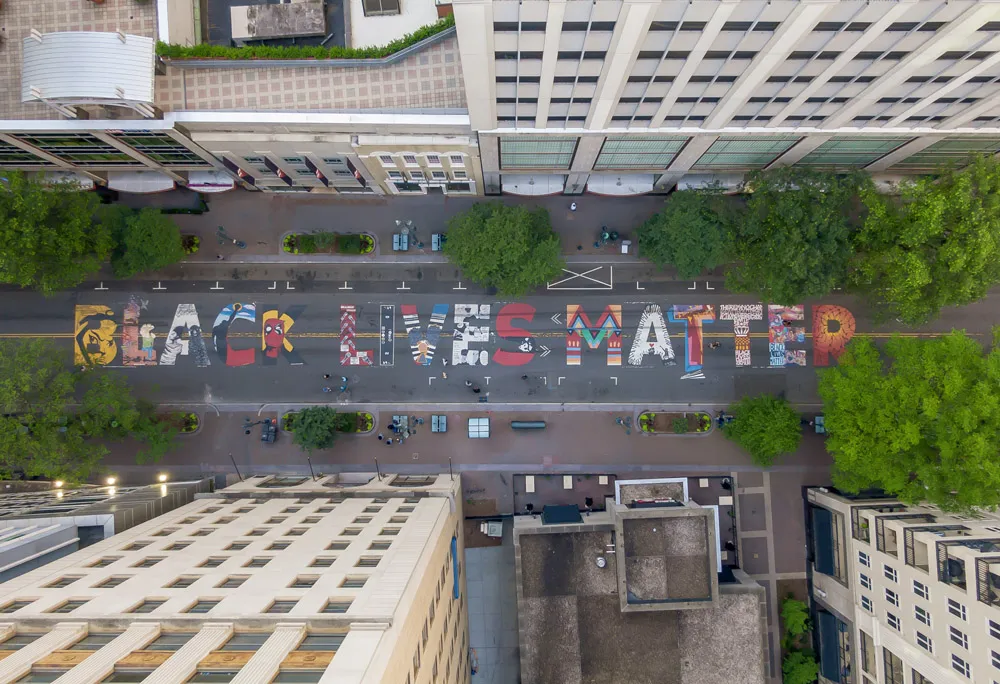Building on the automated Ford Fusion Hybrid research vehicle unveiled last month, Ford is announcing new projects with Massachusetts Institute of Technology (MIT) and Stanford University to research and develop solutions to some of the technical challenges surrounding automated driving.
Automated driving is a key component of Ford’s Blueprint for Mobility, which outlines what transportation will look like in 2025 and beyond, along with the technologies, business models and partnerships needed to get the
January 24, 2014
Read time: 3 mins
Building on the automated 278 Ford Fusion Hybrid research vehicle unveiled last month, Ford is announcing new projects with 2024 Massachusetts Institute of Technology (MIT) and Stanford University to research and develop solutions to some of the technical challenges surrounding automated driving.
Automated driving is a key component of Ford’s Blueprint for Mobility, which outlines what transportation will look like in 2025 and beyond, along with the technologies, business models and partnerships needed to get there. With its automated Fusion Hybrid research vehicle, Ford is exploring potential solutions for the longer-term societal, legislative and technological issues posed by a future of fully automated driving.
The research vehicle, with the addition of four LiDAR sensors to generate a real-time 3D map of the vehicle’s surrounding environment.
While the vehicle can sense objects around it using the LiDAR sensors, Ford’s research with MIT uses advanced algorithms to help the vehicle learn to predict where moving vehicles and pedestrians could be in the future, providing the vehicle with a better sense of the surrounding risks, enabling it to plan a path that will safely avoid pedestrians, vehicles and other moving objects.
Working with Stanford, Ford is exploring how the sensors could see around obstacles. Typically, when a driver’s view is blocked by an obstacle like a big truck, the driver will manoeuvre within the lane to take a peek around it and see what is ahead. Similarly, this research would enable the sensors to look ahead and make evasive manoeuvres if needed.
“To deliver on our vision for the future of mobility, we need to work with many new partners across the public and private sectors, and we need to start today,” said Paul Mascarenas, chief technical officer and vice president, Ford research and innovation. “Working with university partners like MIT and Stanford enables us to address some of the longer-term challenges surrounding automated driving while exploring more near-term solutions for delivering an even safer and more efficient driving experience.”
“Our goal is to provide the vehicle with common sense,” said Greg Stevens, global manager for driver assistance and active safety, Ford research and innovation. “Drivers are good at using the cues around them to predict what will happen next, and they know that what you can’t see is often as important as what you can see. Our goal in working with MIT and Stanford is to bring a similar type of intuition to the vehicle.”
Automated driving is a key component of Ford’s Blueprint for Mobility, which outlines what transportation will look like in 2025 and beyond, along with the technologies, business models and partnerships needed to get there. With its automated Fusion Hybrid research vehicle, Ford is exploring potential solutions for the longer-term societal, legislative and technological issues posed by a future of fully automated driving.
The research vehicle, with the addition of four LiDAR sensors to generate a real-time 3D map of the vehicle’s surrounding environment.
While the vehicle can sense objects around it using the LiDAR sensors, Ford’s research with MIT uses advanced algorithms to help the vehicle learn to predict where moving vehicles and pedestrians could be in the future, providing the vehicle with a better sense of the surrounding risks, enabling it to plan a path that will safely avoid pedestrians, vehicles and other moving objects.
Working with Stanford, Ford is exploring how the sensors could see around obstacles. Typically, when a driver’s view is blocked by an obstacle like a big truck, the driver will manoeuvre within the lane to take a peek around it and see what is ahead. Similarly, this research would enable the sensors to look ahead and make evasive manoeuvres if needed.
“To deliver on our vision for the future of mobility, we need to work with many new partners across the public and private sectors, and we need to start today,” said Paul Mascarenas, chief technical officer and vice president, Ford research and innovation. “Working with university partners like MIT and Stanford enables us to address some of the longer-term challenges surrounding automated driving while exploring more near-term solutions for delivering an even safer and more efficient driving experience.”
“Our goal is to provide the vehicle with common sense,” said Greg Stevens, global manager for driver assistance and active safety, Ford research and innovation. “Drivers are good at using the cues around them to predict what will happen next, and they know that what you can’t see is often as important as what you can see. Our goal in working with MIT and Stanford is to bring a similar type of intuition to the vehicle.”










